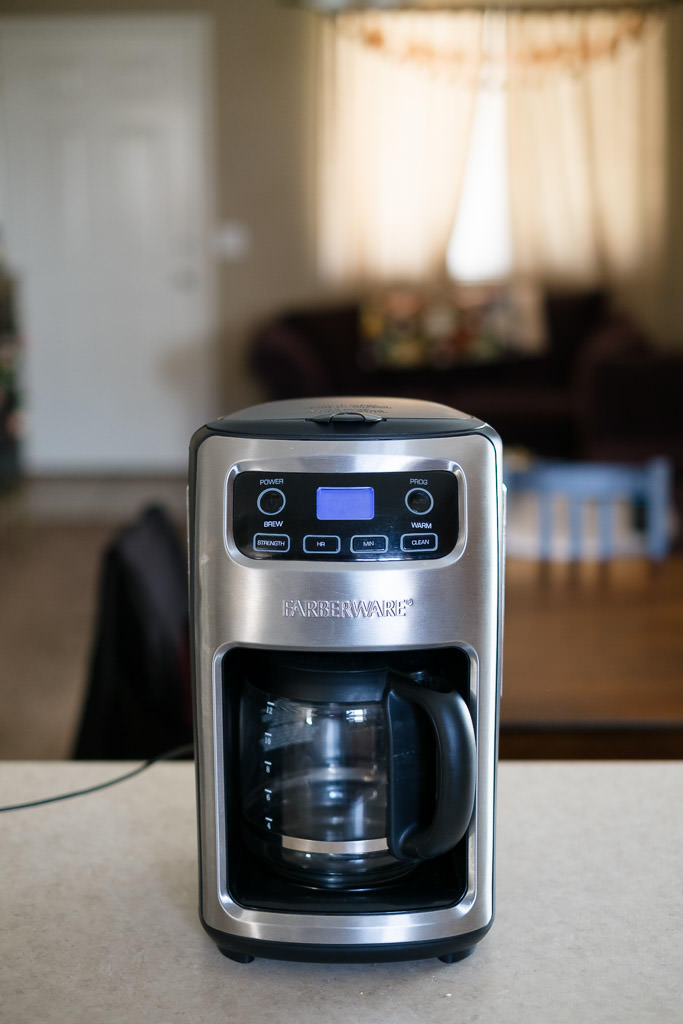Good Coffee Normal Coffee Maker, Part 3 - Ratios
"Can you make a good pot of coffee in a regular coffee maker?" In preparation for launching this blog, I asked for input on questions people had about coffee. This question hit the top of the list as one of the most frequently asked questions. It makes sense. While I may find satisfaction in making each cup of coffee individually, others simply want good coffee without having to devote 20 minutes of their morning to the process. So, in an effort to make good coffee more accessible, I borrowed a friend's coffee maker to see what we could get out of it. Over the next couple of posts, I'll cover the various experiments I ran and what I found out so you can up your coffee game with the same maker.
Determining Factors to Quality
To determine whether or not the coffee maker had the capability of producing good coffee we need to evaluate a couple of key factors. Temperature of the water, brew time, and ratio accuracy all contribute heavily to the extraction process. The results of these tests will likely vary between brands and coffee makers, so you may need to dial in the adjustments for your specific coffee maker. If you have a coffee maker and you choose to figure this all out for you brand, I'd love to hear what you found so I can share it with others!
Coffee Maker Ratio Accuracy
The final result of the coffee solution is highly dependent on the ratio of dissolved solvent to water. The exact ratio depends on your preference, the higher the ratio, the weaker the flavor. Based on the recommendation of other coffee professionals and my personal taste preference, I typically use a ratio of 1:16. If you like your coffee with cream and sugar, I'd recommend starting at 1:14 and adjust from there. Consistently making good coffee, no matter your preference in ratio, requires specificity. So we have our next question. How much of the water that I put into the coffee maker actually goes through the grounds?
The Test
I started by documenting the weight of the coffee pot empty so I could subtract the weight if my scale reset. Coffee grounds always absorb some water during the brew process. To ensure accurate results, I ran this test with an empty brew basket. The recordings were as follows:
- 500g of water in, 415g out. 83%
- 1160g of water in, 974g out. 84%
- 1462g of water in, 1234g out. 84%
Conclusion
The results followed in this manner for each subsequent test. This coffee maker consistently deliver 85% of the water from the reservoir into the brew basket. Therefore, in order to ensure a proper brew ratio, an adjustment should be made to the water initially poured into the reservoir. As an example, I'll run you through what this looks like for a 1:16 ratio and 50g of coffee and unlike middle-school me, I'll show my work too.
- I need 800g of water to pass through the grounds to hit my target ratio
- 50 x 16 = 800
- 800 is 85% of 941, so I'll pour 941g in the reservoir to adjust for the 15% loss of water.
- 800 / .85 = 941
Don't miss Parts 1 and 2 of this series. Next week we'll wrap it up with a taste test.
As always, if you have any questions, comments, or ideas for a future post drop a comment below, contact me via email, or connect with me on social media!
Stay handsome


